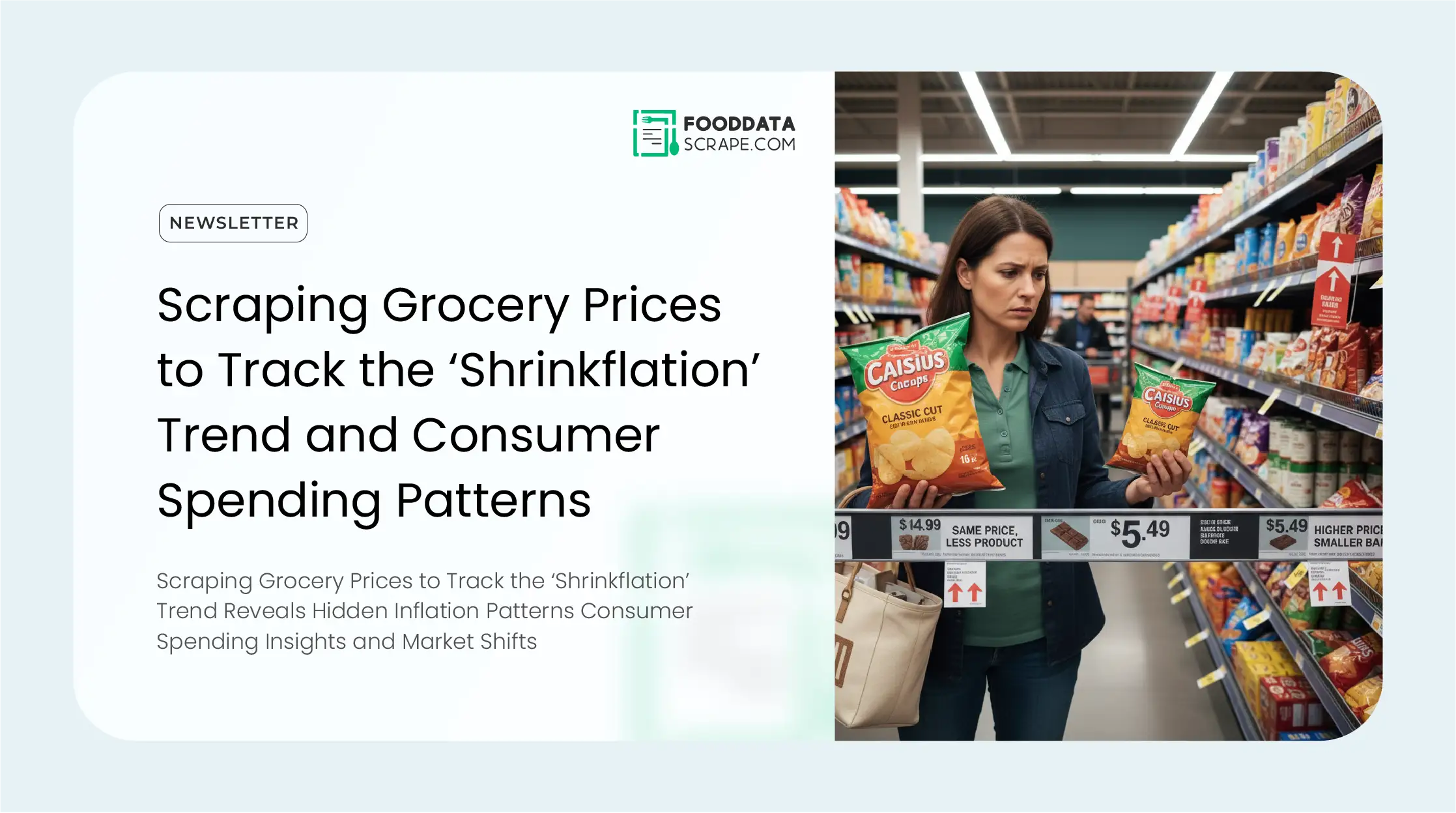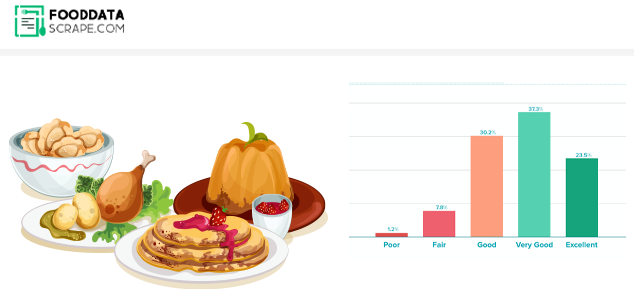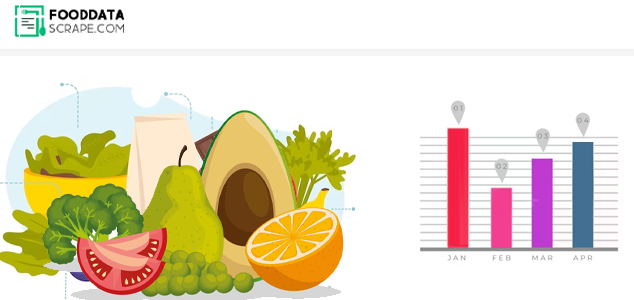
News
In today’s fast-paced market, consumers are facing a subtle yet impactful phenomenon known as shrinkflation. While headline inflation numbers are widely reported, many shoppers experience a more discreet form of price increase: products getting smaller while prices remain the same. This hidden inflation affects everyday essentials, from packaged foods to household staples, and can significantly impact household budgets over time.
Detecting shrinkflation manually is a daunting task for businesses and market analysts alike. Products are often reduced in size or weight, but the price remains unchanged, making it difficult to notice the change without careful monitoring. By leveraging Grocery Price Scraping for Shrinkflation Analysis, organizations can systematically collect data on product sizes, prices, and packaging across multiple grocery platforms. This approach provides detailed insights into subtle market shifts, enabling smarter pricing strategies and more informed business decisions.
Shrinkflation has been increasingly observed in categories such as snacks, beverages, and personal care items. Although the changes are often small, they accumulate across multiple products, significantly increasing household expenditure over time. Advanced tools like Web Scraping Grocery Prices for Inflation Insights allow analysts to monitor price fluctuations, product attributes, and competitor strategies in real time. This ensures that businesses are aware of changes as they happen, and consumers are better informed about what they are actually paying for.
The advantages of monitoring shrinkflation go beyond understanding pricing patterns. Retailers can optimize inventory, forecast demand, and identify which categories are most affected. Consumer advocacy groups and economists also benefit by using collected data to measure the real impact of hidden inflation on everyday budgets. In an era where transparency is increasingly valued, access to accurate and comprehensive data is essential.
With sophisticated scraping tools, even minor adjustments in product weight, volume, or unit pricing can be detected immediately. This ensures that companies remain responsive to market trends and helps maintain consumer trust. Furthermore, analyzing historical data allows stakeholders to anticipate future patterns and make data-driven decisions about pricing, promotions, and supply chain adjustments.
Shrinkflation Trend Monitoring via Web Scraping has become an indispensable method for understanding how brands are adjusting their products over time. By combining collected data with analytical tools, businesses can gain a clear picture of which products are shrinking, which remain consistent, and how consumer behavior is shifting in response. This insight is vital for developing marketing campaigns, pricing strategies, and operational plans that align with real-world market dynamics.
Ultimately, shrinkflation is not just a marketing tactic—it reflects broader economic pressures and changing consumer expectations. Businesses that proactively monitor price and product trends gain a competitive edge, while consumers benefit from enhanced transparency and informed decision-making. With data-backed insights, stakeholders can navigate the subtle but pervasive effects of invisible inflation more effectively.
In conclusion, understanding shrinkflation requires more than casual observation—it requires structured, data-driven approaches. By implementing advanced scraping solutions, businesses and analysts can identify patterns, predict future changes, and respond proactively. This ensures smarter strategies, satisfied consumers, and resilience in an increasingly complex retail landscape where even small changes can have big impacts.





























































































